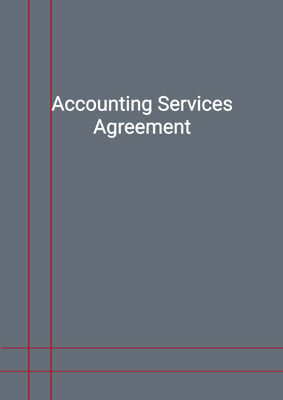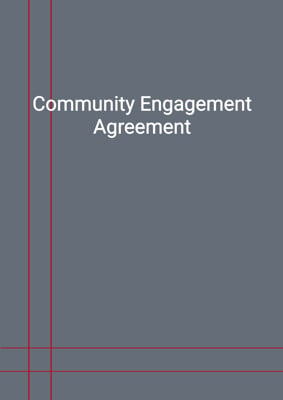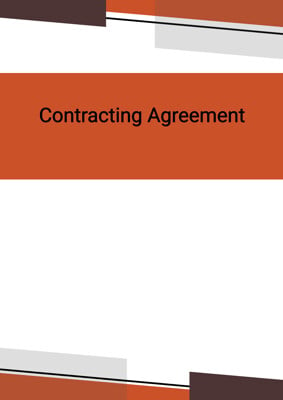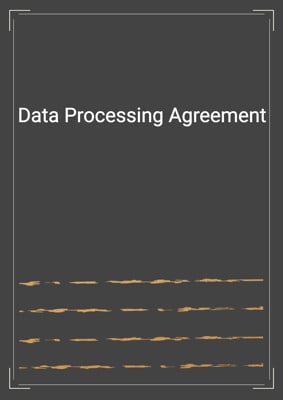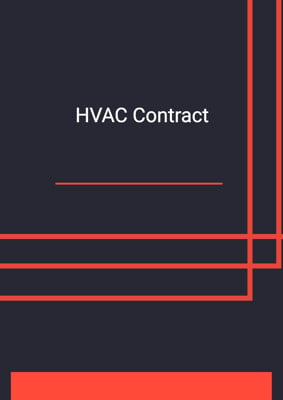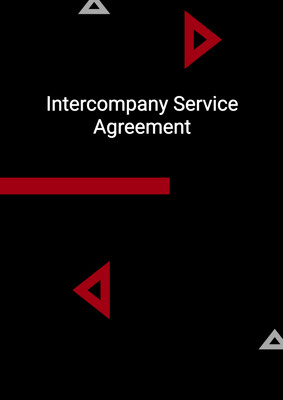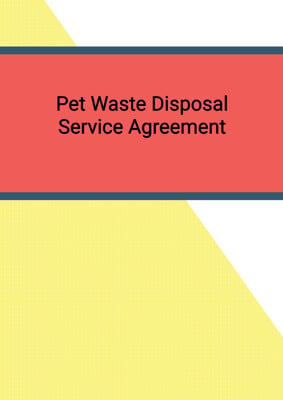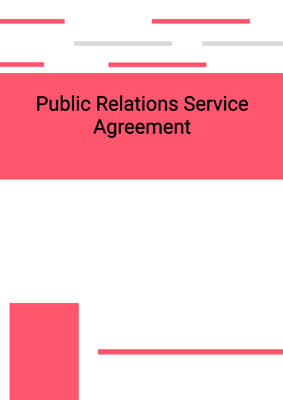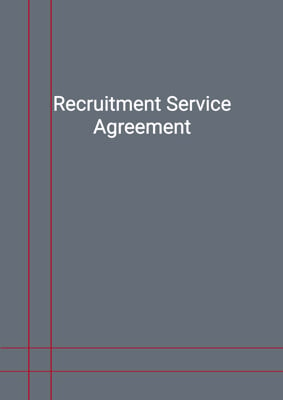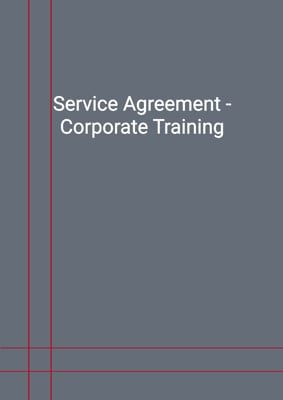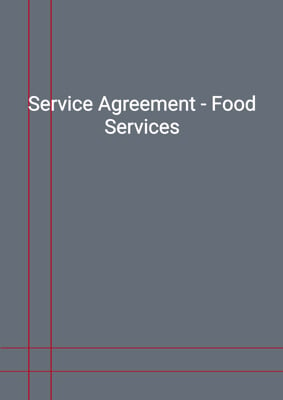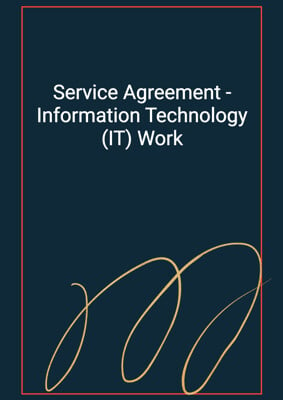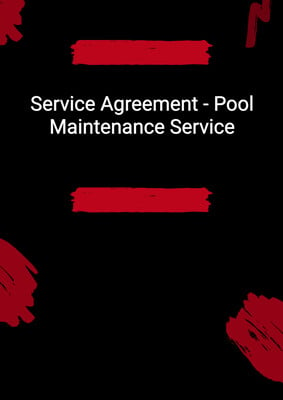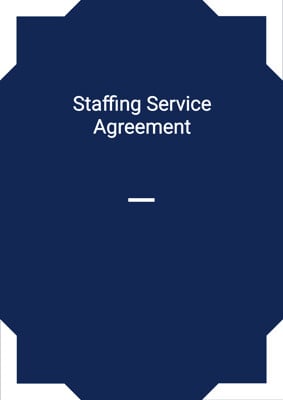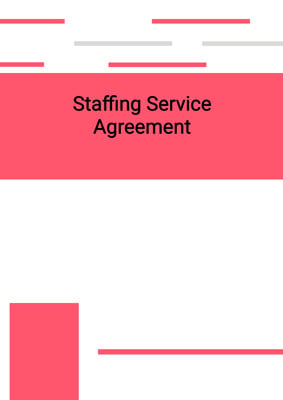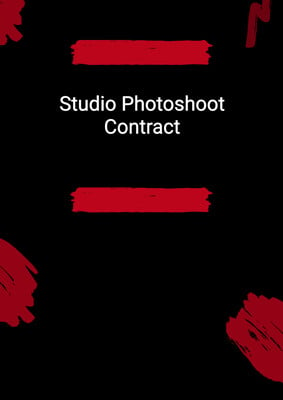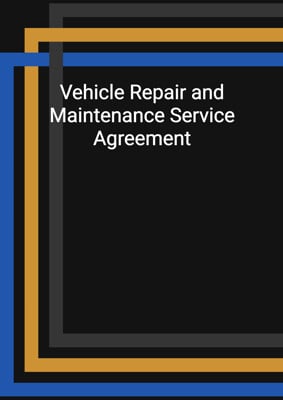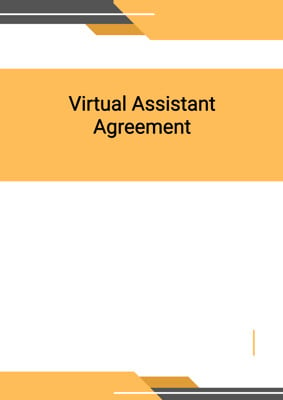How to Tailor the Document for Your Need?
01
Create Document
Fill in the details of the parties. You can click the "Fill with Member’s Information" button to complete it with information saved to your account.
02
Fill Information
Please fill in any additional information by following the step-by-step guide on the left hand side of the preview document and click the "Next" button.
03
Get Document
When you are done, click the "Get Document" button and you can download the document in Word or PDF format.
04
Review Document
Please get all parties to review the document carefully and make any final modifications to ensure that the details are correct before signing the document.
Document Preview
Document Description
This sub-contracting agreement is a legally binding document that outlines the terms and conditions between the sub-contractor and the company. The agreement highlights the importance of the document by emphasizing the need for clear communication and understanding between the parties involved.
The entire document is divided into multiple sections, each addressing specific aspects of the agreement. The interpretation section defines key terms used throughout the document, ensuring clarity and consistency in understanding. The sub-contractor's obligations section outlines the responsibilities of the sub-contractor, emphasizing the need for high-quality services and compliance with applicable regulations.
The completion of the work section specifies the expected completion date and allows for extensions in case of delays. It also highlights the consequences of non-completion, such as the entitlement to liquidated damages. The warranties from the sub-contractor section ensures that any quality issues will be promptly addressed by the sub-contractor at their own expense. It also guarantees that the sub-contractor has obtained all necessary licenses and will not infringe on any third-party rights.
The assignment section prohibits the sub-contractor from assigning the agreement or subcontracting without prior written consent from the company. The conflict of interest and non-solicitation section prevents the sub-contractor from entering into agreements that may create conflicts with the customers or solicit them during and after the agreement.
The no modification unless in writing section emphasizes that any modifications to the agreement must be in writing and agreed upon by both parties. The payment section specifies the agreed price and the timeframe for payment after completion of the services.
The injury, damage, and insurance section hold the sub-contractor liable for any expenses, liabilities, or claims arising from personal injury or property damage during the services. It also requires the sub-contractor to maintain appropriate insurance coverage.
The sub-contractor responsibility for personnel section clarifies that all personnel used by the sub-contractor are considered their employees or subcontractors, and the sub-contractor assumes full responsibility for their actions and compensation.
The rights in work product section establishes that all work product resulting from the agreement belongs to the company. It also ensures that the sub-contractor acquires the necessary rights from their employees and subcontractors to transfer ownership to the company.
The confidentiality section protects any confidential information shared between the parties and restricts its use for purposes other than performing the services.
The termination section allows either party to terminate the agreement in specific circumstances, such as bankruptcy or failure to proceed diligently with the services. It outlines the obligations of the sub-contractor upon termination and limits the company's liability to the value of completed services.
The no rights under contracts for third parties section clarifies that only the parties to the agreement have the right to enforce its terms. The dispute resolution section encourages the parties to resolve any disputes amicably and in good faith.
The notices and service section specifies the methods and timing of delivering notices between the parties. It also provides the contact information for each party.
In conclusion, this sub-contracting agreement is a comprehensive and detailed document that covers all aspects of the relationship between the sub-contractor and the company. It ensures clear communication, defines responsibilities, and protects the rights and interests of both parties.
How to use this document?
1. Provide information: Enter the sub-contractor's and company's information in the agreement, including their principal place of business. This ensures clear identification of both parties.
2. Understand obligations: Familiarize yourself with the sub-contractor's obligations, which include carrying out the services with care and diligence, complying with instructions and regulations, and maintaining quality standards.
3. Agree on completion date: Discuss and agree upon the completion date for the services. If there are valid reasons for delay, extensions can be granted.
4. Specify damages: Determine the amount of liquidated damages per week in case the services are not completed by the agreed completion date. This ensures both parties are aware of the consequences of non-completion.
5. Ensure warranties: Verify that the sub-contractor provides warranties for the quality of work and compliance with regulations. This protects the company from any issues arising from substandard work.
6. Prohibit assignment: Ensure that the sub-contractor does not assign the agreement or subcontract without prior written consent from the company. This maintains control and accountability.
7. Avoid conflicts of interest: Ensure that the sub-contractor does not enter into agreements that may create conflicts with the customers or solicit them during and after the agreement. This protects the company's interests.
8. Seek written modifications: Any modifications to the agreement should be in writing and agreed upon by both parties. This ensures clarity and avoids misunderstandings.
9. Agree on payment terms: Determine the agreed price for the services and the timeframe for payment after completion. This ensures both parties are aware of the financial aspects.
10. Maintain insurance coverage: Verify that the sub-contractor maintains appropriate insurance coverage to protect against personal injury or property damage during the services.
11. Clarify personnel responsibility: Understand that all personnel used by the sub-contractor are their responsibility, including compensation and compliance with applicable taxes and benefits.
12. Establish ownership rights: Recognize that all work product resulting from the agreement belongs to the company. Ensure that the necessary rights are acquired from employees and subcontractors.
13. Maintain confidentiality: Keep any confidential information shared between the parties confidential and use it only for the purposes of performing the services.
14. Understand termination conditions: Familiarize yourself with the conditions that may lead to termination, such as bankruptcy or failure to proceed diligently with the services. Be aware of the obligations upon termination.
15. Seek amicable resolution: In case of disputes, make reasonable efforts to resolve them amicably and in good faith.
16. Follow proper notice procedures: Adhere to the specified methods and timing for delivering notices between the parties. Use the provided contact information for each party.
Not the right document?
Don’t worry, we have thousands of documents for you to choose from:

